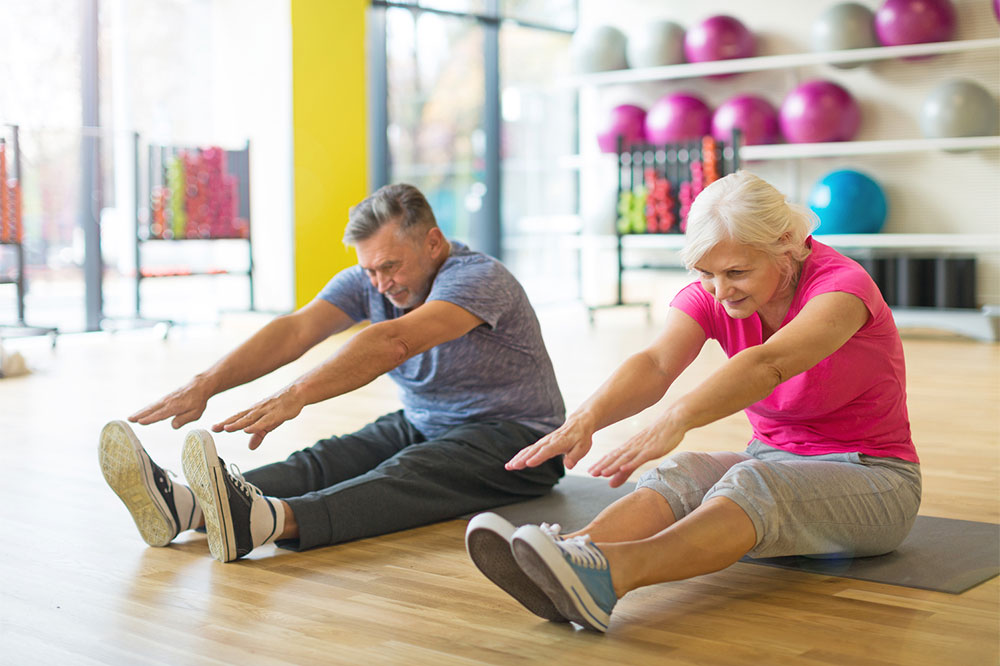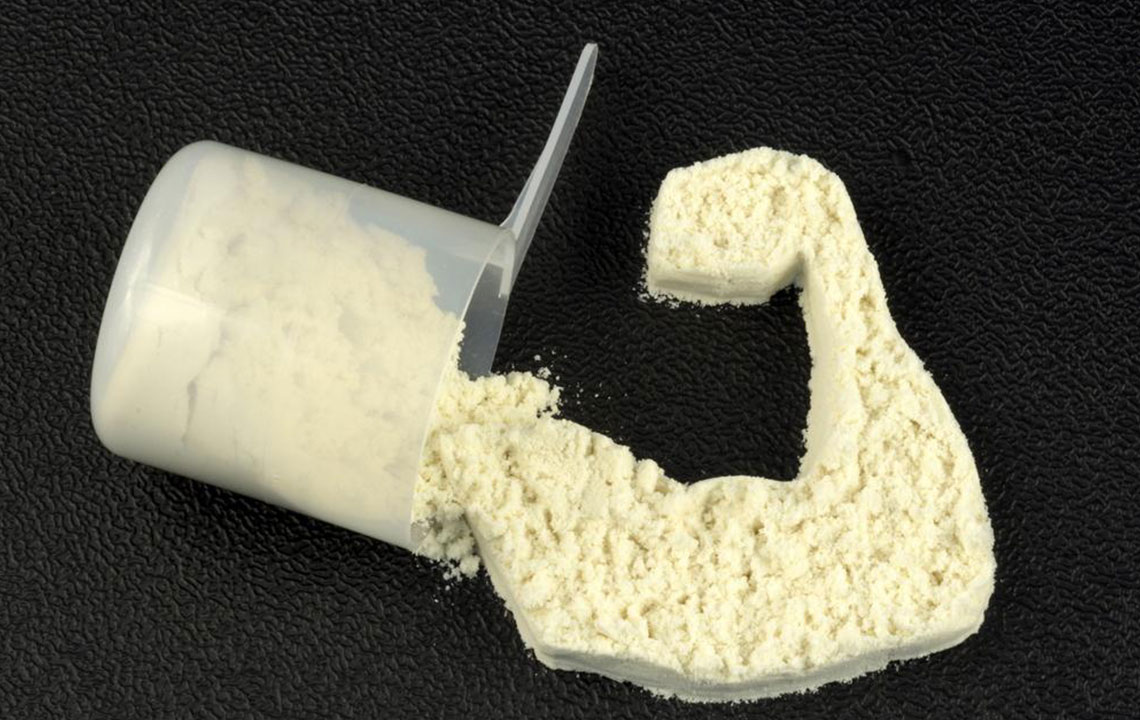Effective Fitness Strategies for Seniors to Maintain an Active Lifestyle
This comprehensive article provides older adults with effective and safe fitness strategies to stay active and healthy. It covers a wide range of suitable exercises, including water aerobics, chair yoga, resistance training, walking, and more. Emphasizing the importance of medical consultation and tailored routines, it helps seniors enhance mobility, strength, and mental wellness. Adopting these strategies can significantly improve quality of life, reduce health risks, and promote independence with age. Perfect for seniors seeking practical advice to maintain an active lifestyle, this guide underscores exercise as a cornerstone of healthy aging.

Effective Fitness Strategies for Seniors to Maintain an Active Lifestyle
As we age, staying physically active becomes increasingly important for maintaining overall health, independence, and quality of life. While biological changes can lead to decreased vitality and mobility, adopting a well-structured fitness routine can help mitigate many age-related health issues. This comprehensive guide explores the advantages of regular exercise for older adults, suitable workout options tailored to their needs, and exercises that should be approached with caution. Before beginning any new fitness program, consulting a healthcare provider is highly recommended to ensure safety and effectiveness.
The Importance of Exercise for Older Adults
Engaging in physical activity offers numerous benefits for seniors, including improved cardiovascular health, stronger bones, enhanced mental wellness, and better mobility. Regular exercise can reduce the risk of chronic diseases such as osteoporosis, diabetes, and heart disease, which are common among the elderly. It also helps combat feelings of depression and anxiety, promoting a positive outlook and mental resilience. Experts agree that consistent, moderate workouts are crucial for aging gracefully, enabling seniors to live more vibrant, independent lives with greater self-sufficiency.
Starting an exercise routine at an advanced age may seem intimidating, but the health benefits far outweigh the challenges. Initiating a fitness program should always begin with a healthcare consultation to identify suitable activities based on individual health conditions and physical capabilities. Tailoring exercises to focus on strength, flexibility, and balance is essential for maintaining independence and preventing falls or injuries. Exploring a variety of age-appropriate activities can make staying active enjoyable and sustainable.
Optimal Physical Activities for Older Adults
Water Aerobics
Water-based exercises are highly recommended for seniors due to their low-impact, joint-friendly nature. Water aerobics utilize the buoyancy of water to reduce stress on joints, making it especially beneficial for those suffering from arthritis or joint pain. Additionally, water resistance enhances muscle strength and flexibility, while the hydrostatic pressure helps improve circulation and reduce swelling. These classes also promote social interaction, which contributes positively to mental health.
Chair Yoga
This gentle form of yoga involves performing stretches and movements while seated in a chair, making it accessible for seniors with limited mobility or balance issues. Chair yoga helps improve muscular strength, flexibility, and stability. It also promotes relaxation and reduces stress, contributing to better sleep and emotional well-being. Practicing regularly can enhance posture and alleviate symptoms of depression and anxiety.
Resistance Band Exercises
Elastic resistance bands provide a versatile and affordable way to build strength without heavy weights. These bands are portable, making them ideal for home workouts or traveling. Resistance training with bands helps improve muscle tone, enhance joint stability, and boost overall mobility. Such exercises are especially beneficial for seniors aiming to strengthen core muscles and improve balance, which are critical for fall prevention.
Pilates
Pilates emphasizes controlled movements, core strength, and proper alignment. Using mats and small equipment, Pilates exercises are low-impact yet highly effective in improving flexibility, posture, and muscular endurance. For seniors, Pilates can foster better balance and coordination, reducing the likelihood of falls. Many classes are tailored specifically to older adults, making it a safe and adaptable routine.
Walking
One of the simplest and most accessible forms of exercise, walking offers numerous health benefits. While the general goal is often 10,000 steps per day, seniors should set realistic goals based on their abilities. Regular walking reduces mortality risk, supports cardiovascular health, and helps manage weight, diabetes, and heart conditions. It also encourages outdoor activity, which can boost mood through exposure to nature and sunlight.
Bodyweight Exercises
Using just body weight, exercises like squats, lunges, and push-ups help maintain muscle mass and strength, which tend to decline with age. These workouts require minimal or no equipment, making them cost-effective and easy to incorporate into daily routines. Bodyweight movements improve coordination, balance, and functional mobility, all of which contribute to everyday independence.
Dumbbell Training
Incorporating light to moderate dumbbell exercises helps seniors sustain muscle mass, improve posture, and support metabolic health. Weight training can also lessen osteoporosis symptoms and enhance joint stability. Proper guidance from trainers or healthcare professionals ensures that seniors use appropriate weights and correct techniques to prevent injuries while enjoying the benefits of strength training.
Adhering to safety precautions is essential, and it’s advisable to avoid exercises that place excessive strain on joints or risk imbalance. Individualized routines should be designed based on health assessments, and any discomfort or pain should be addressed promptly with professional guidance.





